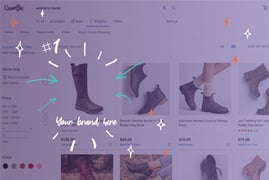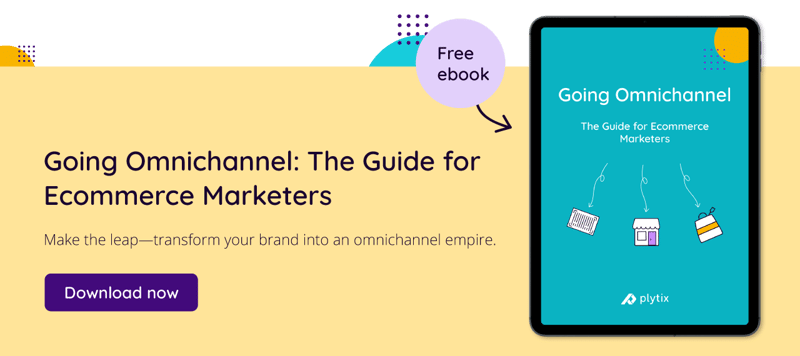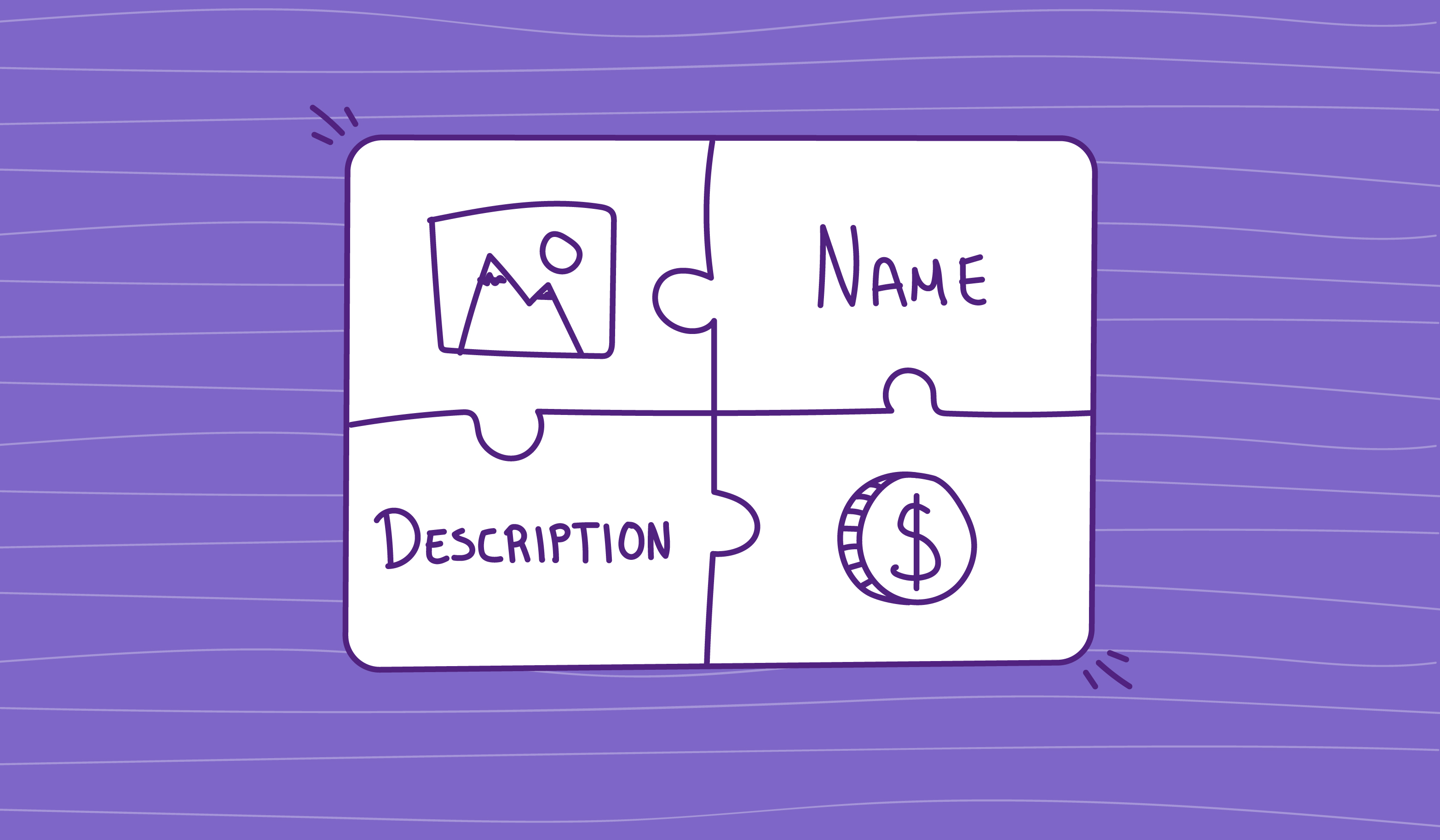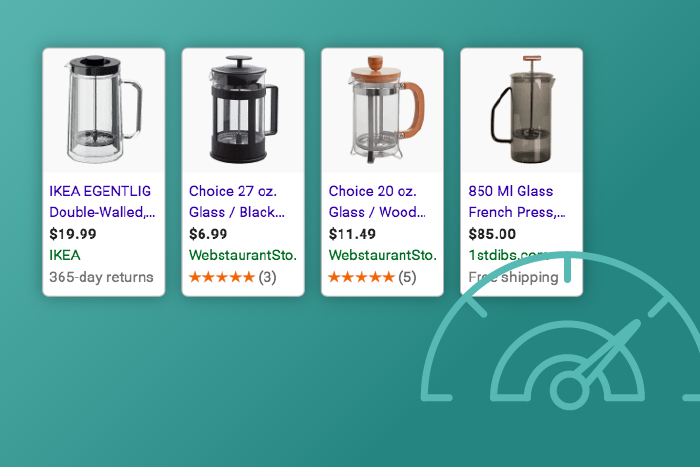Up and running with Google Shopping? Good, because most ecommece retailers in 2019 are far beyond the question of “Why use google shopping?” and have moved onto trying to get as much out of the platform as possible through advanced optimizations.
By now you should be familiar with navigating the Google Ads user interface, reviewing your analytics, and maybe even tweaking your campaigns to find CTR, CPC, and ROAS optimizations.
If you’re looking for the bigger wins, if you want to squeeze the most value out of your ad campaigns—you’ll have to add more advanced Google Shopping strategies into the mix.
In this post, we’ll show you how to get past your plateaus and level up your Google Shopping campaigns. Keep in mind; this post isn’t designed to be a step-by-step process that works universally for every brand and advertiser. If you’re new to Google Shopping, take a look at our related blog post: How to Optimize Your Google Shopping Feed for Ecommerce Success.
Rather, use this guide (and consider bookmarking the page) as a resource to explore the various possibilities within some of the more advanced features of Google Ads and the strategies to go along with it.
Let’s dive in.
1. Use Product Groups
If you currently have all your products in one product group, this one’s for you! Segmenting your products into sub-categories has a lot of benefits for both the performance and reporting aspects of your campaigns.
For instance—if you’re running a product group with dozens (or hundreds) of products in it with a positive ROAS, it won’t be readily apparent which product is carrying that load. Often, it’s a single product that’s skewing your results positive. Breaking down your products into more groups will provide a better view into your analytics.
Additionally, if you take the step above, you might also find that the winning product is also only operating at a portion of its impression share, meaning you’re leaving money on the table by not increasing your bid on that product.
Going through your ad account and segmenting large product groups into smaller, more closely related groups is a foundational element to Google Shopping ads and also a significant opportunity to increase ROI. There’s no doubt about why we listed this tactic in the #1 spot—do this first!
2. Google Shopping Bidding
If you’re used to running text-based Google Ads, you’re likely used to using “Average position” to help you adjust your bidding. Once you crack the #1 position, you can lower your bid a little. Google Shopping ads, however, do not have the average position metric available to advertisers.
For Google Shopping, the closest metric available that helps you determine whether to raise or lower your bid is impression share or absolute top impression share. In many cases, you can continue to increase your bid until your impression share is 99 percent and still see positive returns. As always, you’ll still need to keep an eye on ROAS; bidding higher when it’s good, lower when it’s not.
3. Remarketing With RLSA Campaigns
From both a consumer and an advertising perspective, we all know remarketing works. But rather than just limit your remarketing efforts to display and Facebook ads, use your remarketing lists for search ads (RLSA) with your Google Shopping campaigns.
Pro tip: Adjust your bids for groups of people based on previous website activity like cart-abandonment, loyal customers, and frequent visitors. As the data from your ad campaigns rolls in, you can adjust your bids to optimize for ROAS inside each of these groups.
4. Use Merchant Promotions
Everyone loves a deal, and online shoppers are no different. But we also have a lot of choices in an increasingly crowded online space—how can you ensure your promotional price breaks through the noise?
By disrupting the pattern. Google users are now accustomed to seeing shopping ads at the top of their search results. There’s a photo of the product on a white seamless background, the product title, the brand name, and the price—and our eyes are used to glossing over this information. With Merchant Promotions, there’s something new to look at, a disruption in the pattern.
Ahoy, a little badge that says you can get a special discount! At the very minimum, Merchant Promotions catch a shopper’s eye better than the standard ad results. At best, they can dramatically increase CTR and conversions.
5. Query Sculpting
The strategies we’ve listed so far are fairly tactical and require a relatively simple implementation. If you’re looking for an entirely new way to manage at your Google Shopping campaign structure, however, you might be interested in the concept of query sculpting from our friends at smec.
With query sculpting, you’ll rank specific queries based on a list of criteria from brand name inclusion to traffic volume to likelihood of last-click conversion rates.
At its core, query sculpting helps you “apply the right bids to shopping queries by using several campaigns, campaign priorities, and negative keywords to improve the performance.”
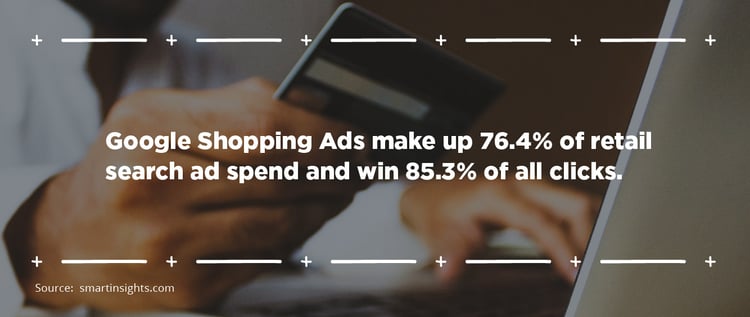
6. Customer Match Targeting
Purchase data—we all have it, but not all of us are using it to its full potential. Customer Match with Google Ads allows you to find the highest-value customers by uploading your customer data to the system and putting it to work.
For example, one way to use Customer Match would be to upload a list of last year’s holiday shoppers and create an ad campaign that’s focused on repeat purchasers for this year’s holiday season. Or, you could use the same list to implement an upsell or cross-sell strategy.
Either way, Customer Match is a valuable tool in your Google Shopping toolbox.
7. Use Geo-Targeting Modifiers
In addition to the Google Shopping audience targeting features such as Customer Match and RSLA, it’s also important to look at customer location as a potential bidding optimization tactic.
Geography-based bid modifiers allow you to change bid percentages based on locations. And it’s not just useful at the regional level either; you can get super detailed and drill down to the city/zip code level if it makes sense for your business.
8. Segment by Search Query
It goes without saying that different search queries have different intents. People may or may not realize this as they’re typing out their search, but from an advertiser’s standpoint, this is a great opportunity to fine-tune your campaigns.
For instance, say somebody is searching for “headphones.” The intent behind that search might be to purchase some headphones right then, but it’s more likely a research query. If the searcher had added your brand name or action-based keywords like “buy” or “find” to the query, you’d likely prefer to use a higher bid. Segment your search queries into different groups to bid more aggressively on people with higher buying intent.
9. Manage Product Variants
Being out of stock is a notorious ecommerce killer, and it’s no different for your Google Shopping campaigns. Oftentimes, if a product group in your campaign has been selling well but starts to decline in performance, it’s due to the most popular variant being out of stock. As performance declines, you decrease the bid, which can cause the product group to perform even worse.
The solution is to break out the best sellers by individual product per product ID. Pair this type of granular segmentation in your ad account with a product information management system (PIM) to squeeze the most ROI out of your digital advertising campaigns.
10. Leverage Showcase Shopping Ads
Many advertisers view Google Shopping ads as a response to a specific search query, which would generally constitute a bottom-of-the-funnel placement. Platforms like Facebook and Instagram have long been touted by marketers as more ideal for product discovery, but Google is looking to shift that narrative with Showcase Shopping ads.
Showcase Shopping ads are results triggered by more generic search terms such as “women’s jackets” and similar. If the searcher doesn’t specify a brand name or product type, Google will often respond with a Showcase Shopping ad, which features multiple images and products from a brand, encouraging the searcher to poke around their options a bit more than with a traditional Shopping result.
Advertisers would do well to take advantage to extend their Google ads further up the funnel. In fact, Search Engine Journal named Showcase Shopping ads the “largest growth opportunity for most online retailers in 2019.”
Here’s how to get started with Google Showcase Shopping ads.
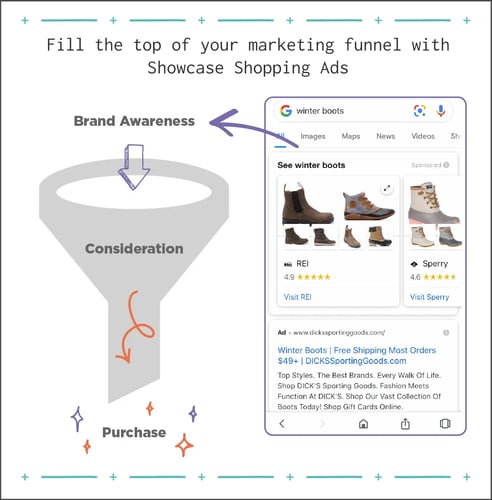
Bonus: Google Shopping Feed Software
Rounding out our 10 advanced tips for getting the most out of your Google Shopping campaigns is our suggestion to pair your ad campaigns with a feed optimization tool.
As we mentioned in a previous post, Google Shopping ads differ from text ads in that they don’t match a keyword search with a result—instead, they match that keyword search with information contained in your product feed. If your feed isn’t optimized, your results with Google Shopping will suffer.
Clean, centralized product data is the key to keeping your feed organized and ready for action anytime it’s called upon by the Google Ads algorithm. To do this, you’ll need a PIM to gather all your product data, automate tedious tasks, and act as the single source of truth for your inventory and marketing needs.
Bonus—if you use Plytix as your PIM to optimize your Google Shopping feeds, you can also configure your product data to work with Google, Amazon, eBay, Facebook… you name it!
Next Steps
Now that you’ve mastered Google Shopping, why not extend your reach into other channels?
An omnichannel strategy is a must for optimal ecommerce growth. But we know that omnichannel can be a little intimidating, which is why we wrote the book on it: A Guide to Expanding Your Ecommerce Business Beyond Your Website.
Grab your free copy and learn to formulate your complete omnichannel strategy and grow your online sales far beyond your own website.

